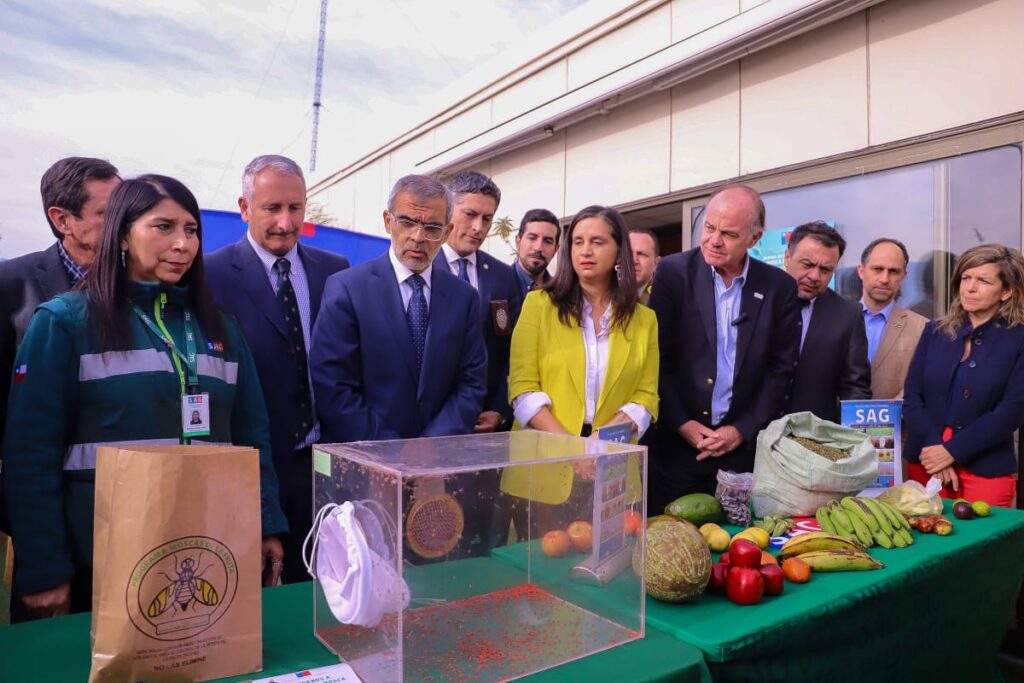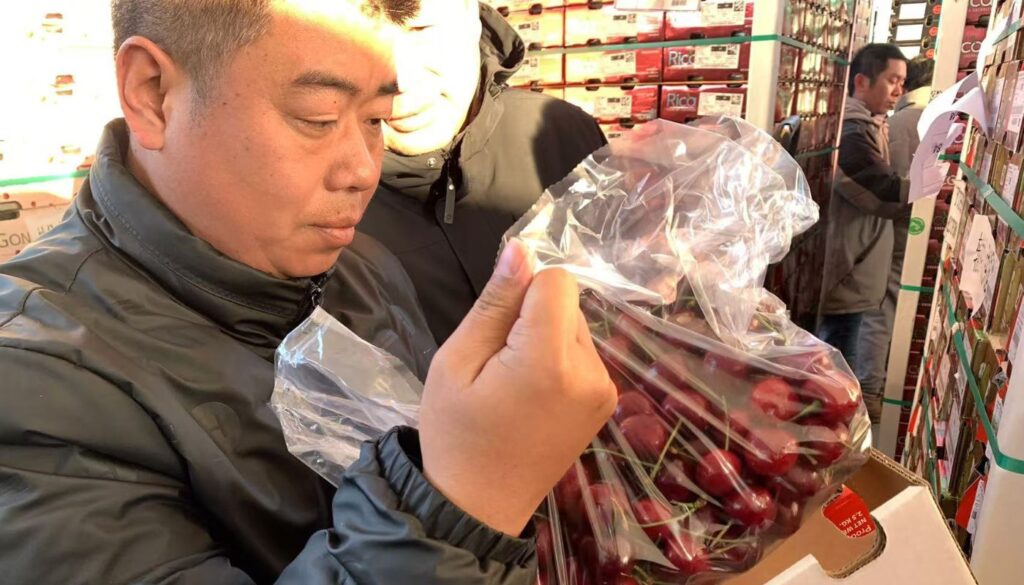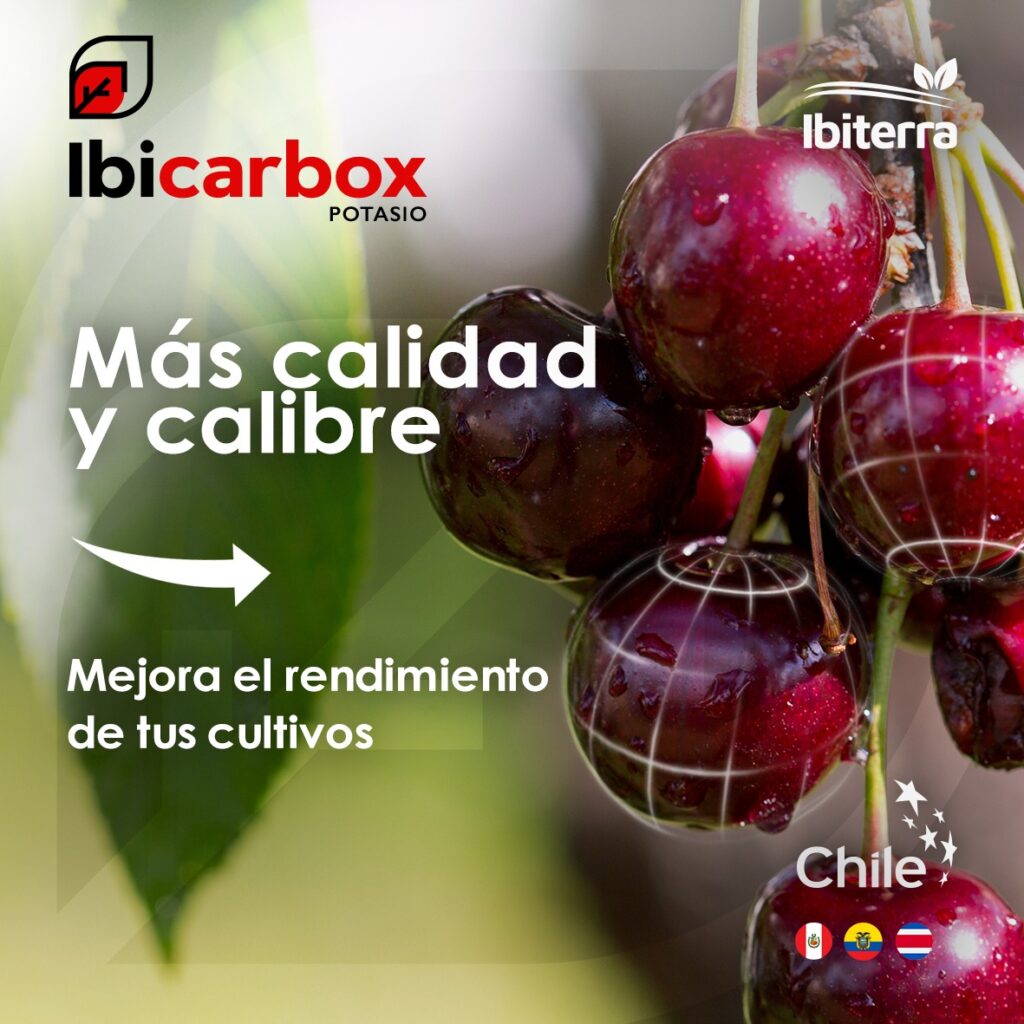The main causes include poor agricultural practices, deforestation and climate change.
The study on Soil Erosion carried out by Ciren in different regions of Chile indicates that the value of the economic loss of soil due to erosion is estimated at 42 billion pesos.
In order to contribute to the formulation of public policies for Chile, regarding the protection and conservation of soils, Ciren develops a diagnosis with the collection of information on the ground and the processing of satellite images in 10 regions of the country. This was reported by the executive director of CIREN, Katherine Araya Matus, stating that to date work has been carried out from the Coquimbo Region to the Los Lagos Region.
This is an initiative that is being worked on jointly with Indap, Sag and Corfo and that began in 2019. The idea is to update the first diagnosis that was carried out in 2010, where a first national x-ray of the state of the soil was carried out. “In that study, it was determined that the regions of Coquimbo, O'Higgins and Valparaíso were the most affected by soil degradation. At that time, we were able to observe that, among the causes of this deterioration, poor agricultural practices, the use of plows, forest fires, geological faults stood out, and the places where man has been have accelerated this process.”
The study is currently being carried out in more detail, as cutting-edge technology and better satellites are available. “We used laser technology,” says Dr. Juan Pablo Flores Villanelo, head of the study of soil erosion in Chile. The progress shows that “the results are worrying, since about 56% of the soils between the Coquimbo and Los Lagos regions are in a state of degradation.”
This study has implemented a method to economically value the loss of soil caused by erosion, translated into an estimate of 41.96 billion pesos, for the 10 regions under study.
The director of CIREN adds that, “there are six regions of the Northern Macrozone: Arica and Parinacota, Iquique, Antofagasta and Atacama; and of the Southern Macrozone: Aysén and Magallanes. To this we must add the island territories, Easter Island and Juan Fernández.
In this context, Katherine Araya points out that work is being done to obtain an updated national X-ray of soil degradation, “because there is a very direct correlation between poor or diseased soils and people living in poverty, therefore, we want to have healthy soils, to have healthy food and a better quality of life. In damaged soil, more efforts must be made to improve it and fulfil the objective for which we are working.”
In addition, Chile is a signatory to international treaties that address food security or climate change and to which Chile has commitments. “We report statistics on the management of natural resources, in this case soil, and we do so in collaboration with other institutions to have statistics that help improve public policies on agriculture and food security.”
“It is important to highlight that a timely diagnosis allows for the design of effective and efficient soil conservation programs and plans. In Rapa Nui, a study was conducted in 2012 following a fire that burned hundreds of hectares of soil during 2022 and that has not had the required update, since a diagnosis and post-fire mitigation actions could attenuate the impacts of soil erosion by up to 75%. In the case of Juan Fernández, it has not been studied for 40 years; we do not know the state of degradation of this finite and non-renewable resource on a human scale,” said Dr. Flores.
Research and Development
During this year 2024, the Natural Resources Information Center, Ciren, created a new ministerial work guideline called Soil Sustainability, which frames all the research and development of new initiatives, studies and the maintenance of the public good National Inventory of Soil Erosion of Chile.
This guideline is strengthened by the Program for Strengthening and Creating Enabling Technological Capabilities for the Consolidation of the CIREN Platform and Positioning, funded by the CORFO Corporation, and which involves advancing studies, investing in technological infrastructure and transferring the results of the Soil Erosion Inventory to the entire community; authorities, researchers, professionals, officials, agricultural technical students and interested farmers.
In the future, there is a need to incorporate new territories and the collection of information under an integrated approach that combines soil erosion modeling with the universal soil loss equation (RUSLE), post-fire remote sensing data, and a review of the literature to assess the impact of forest fires in Chile (Post-fire Soil Erosion).
All the information, maps and results of this inventory to manage the protection and conservation of soils in Chile are available for free at the following link https://inventarioerosion.ciren.cl/










